Most of us would be aware that birds such as chickens, ducks, geese, turkeys, pheasants, quails, emus, and ostriches all lay unfertilized eggs. These are the eggs that, unless you are vegan, you may have consumed at one time or another (especially chicken eggs). These birds have been domesticated though, so do all birds, including wild birds also lay unfertilized eggs?
All birds lay unfertilized eggs at one time or another. This can be due to a number of factors such as genetics or physiological complications. If the eggs are subjected to temperatures that are too hot or too cold they can also fail to produce an embryo. Exposure to chemicals also affects bird eggs.
Continue reading to discover more about bird eggs. We’ll take a deeper look at some of the factors that can affect the fertility of eggs and also the nest success of wild birds. There are so many birds in the world but you might be surprised just how often a nest fails to produce offspring.
As an Amazon Associate, I earn from qualifying purchases. Birdwatch World earns commissions from Amazon and similar affiliate programs from any purchases made via links in this article.
- Physiological Factors That Cause Birds To Lay Unfertilized Eggs
- Dietary Factors Play A Role In Egg Production
- As The Breeding Season Goes On…
- The Effect Of Temperature On A Bird Egg
- Embryo Development Issues
- The Chemicals We Use Can Cause Unfertilized Bird Eggs
- Nest Success
- What Happens To All The Unfertilized Eggs?
- References
Physiological Factors That Cause Birds To Lay Unfertilized Eggs
This is probably one of the most common reasons for an egg to be infertile. The physical conditions that have to occur for an egg to be successfully fertilized are mind-boggling and anything can go wrong.
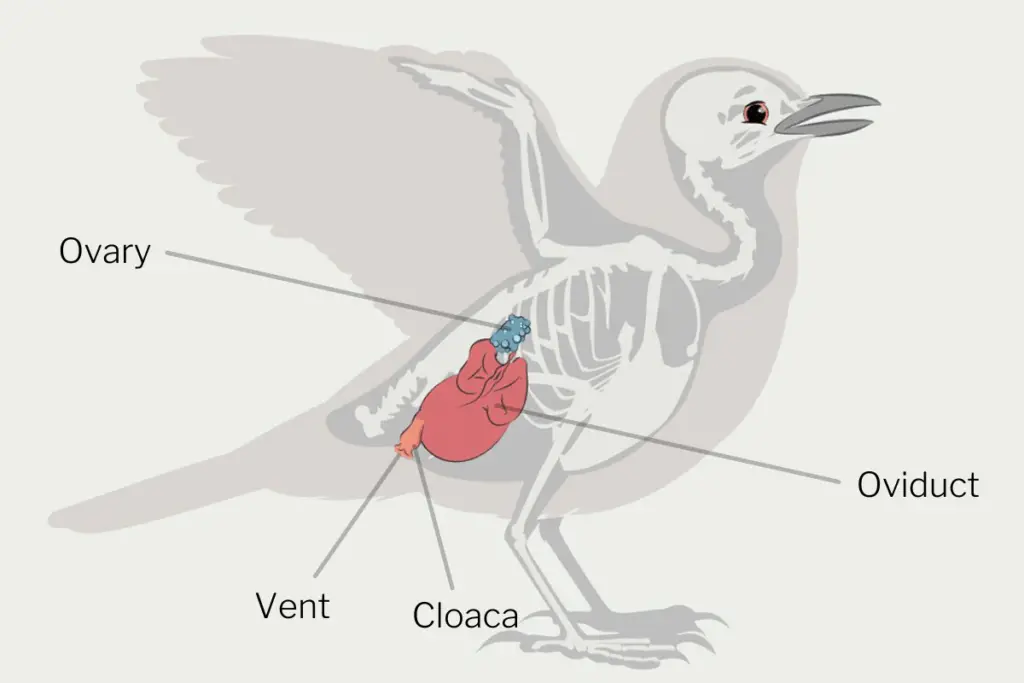
Even the slightest abnormality in a female bird’s reproductive system could cause egg fertilization to be unsuccessful. The same applies to the reproductive systems of male birds also.
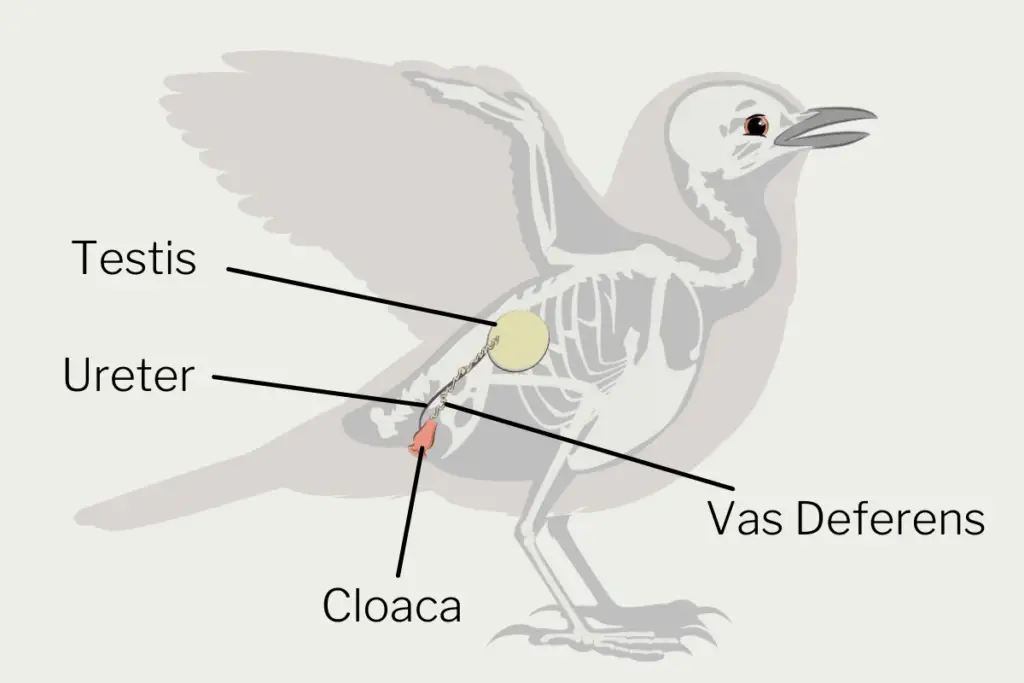
When you think about all the elements that have to fall into place for any bird to be born into the world healthy and able to itself reproduce, the odds of this happening are ridiculous.
What a bird eats also has a major effect on its ability to produce fertile eggs.
“…all bird species sometimes lay infertile eggs. Might be the male’s fault, might be the female’s fault, due to genetic or physiological reasons. Or something just happened in the oviduct to prevent fertilization. And sometimes the eggs don’t hatch, not because of fertility issues, but developmental ones.”
Roger J. Lederer, PhD
Are There Any Birds That Give Birth To Live Young? – Find out in this post here on my blog.
Dietary Factors Play A Role In Egg Production
During the breeding season, it is vital for female birds to get the right foods and the right amount of food in order for their bodies to produce viable eggs.
The ovary of a female bird enlarges greatly during the breeding season. This is not possible without an increase in protein and fat in her diet. She must eat a great deal of food in order to produce healthy eggs that will contain the food and nutrients the developing embryos will need.
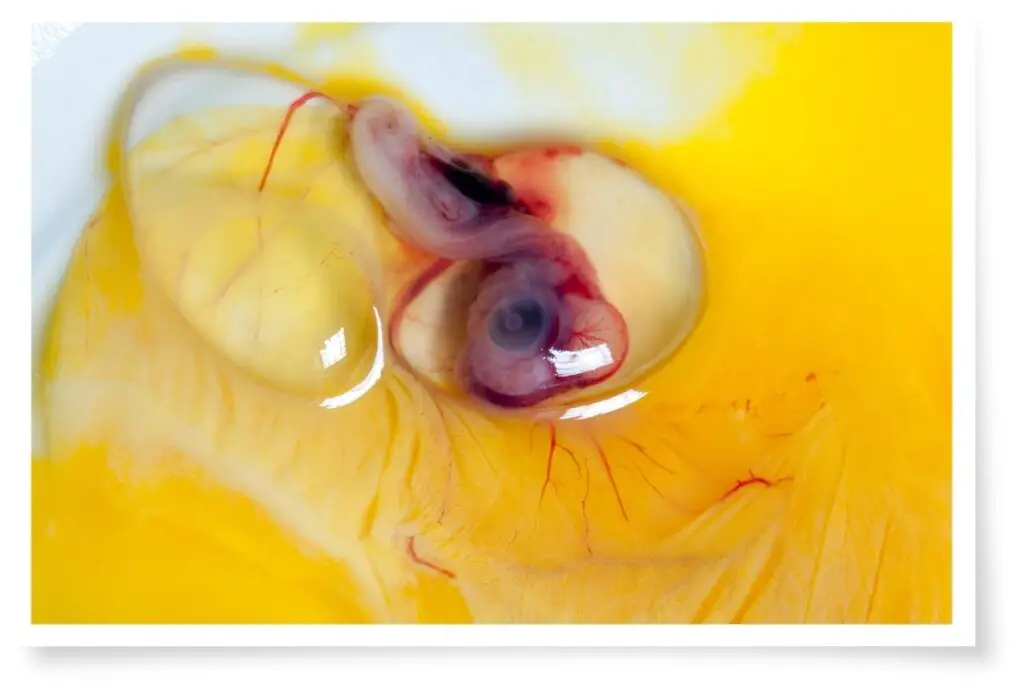
For example, the yolk of a chicken egg is composed of 48.7% water, 32.6% fat, 16.6% proteins, 1% carbohydrates, and 1.1% minerals.
If a female bird fails to find sufficient foods to supplement egg production, her body may produce eggs that will not become fertile. In addition, it takes a lot of energy to enlarge her reproductive organs and produce eggs; if she doesn’t find sufficient food, this may cause problems with the conception process too.
Studies on wild ducks have found that a diet of 18.6% protein allowed for satisfactory egg production while a diet of 17% protein did not.
If a male bird’s diet is insufficient he may also develop problems with his sperm which could lead to them being unable to fertilize eggs.
What do small birds eat? Discover the answer in this article here on the site.
As The Breeding Season Goes On…
Many birds will not have only one but many broods within a single breeding season. Mourning Doves, for example, can have up to six broods within one season in warmer climates. They can start a second brood up to 30 days after having a successful clutch.
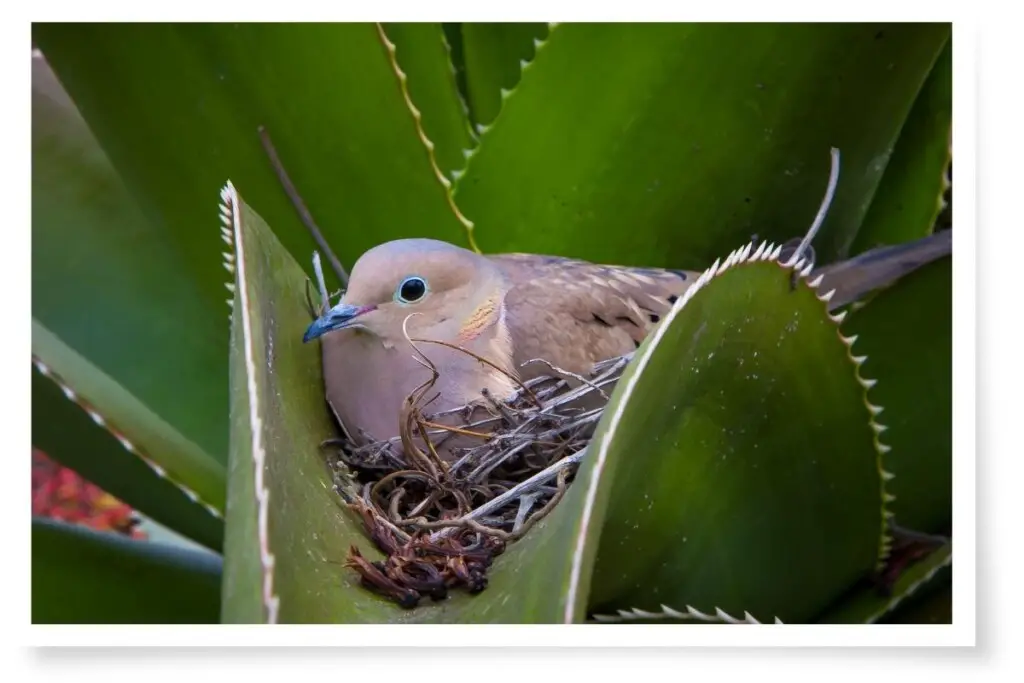
Other bird species such as American Robins, Eurasian Blackbirds, Barn Swallows, and many more have multiple broods per year.
Producing eggs takes a lot of energy and as the breeding season progresses, so does the chance of having unfertilized eggs. All that egg production has to put a lot of stress on a bird’s system.
The Effect Of Temperature On A Bird Egg
Bird embryos cannot survive temperatures over about 38°C. This can be another reason why a bird may lay unfertilized eggs.
Conversely, if the egg gets too cold during incubation, the embryo will also perish.

Studies have been done on Ostriches that show even a 5°C variation from optimal temperature can result in a 44% reduction in reproductive success.[1]
Where do birds go at night in the winter? Find out in this post here on the blog.
Embryo Development Issues
Most bird eggs will contain all the genetic programming necessary for the development of a healthy embryo but sometimes, things go wrong.
This might be caused by anomalies in the structure of the egg, damage to the egg during its journey down the oviduct, or any number of other factors. New life is a very delicate thing and sometimes it can not take much to upset the balance of things.
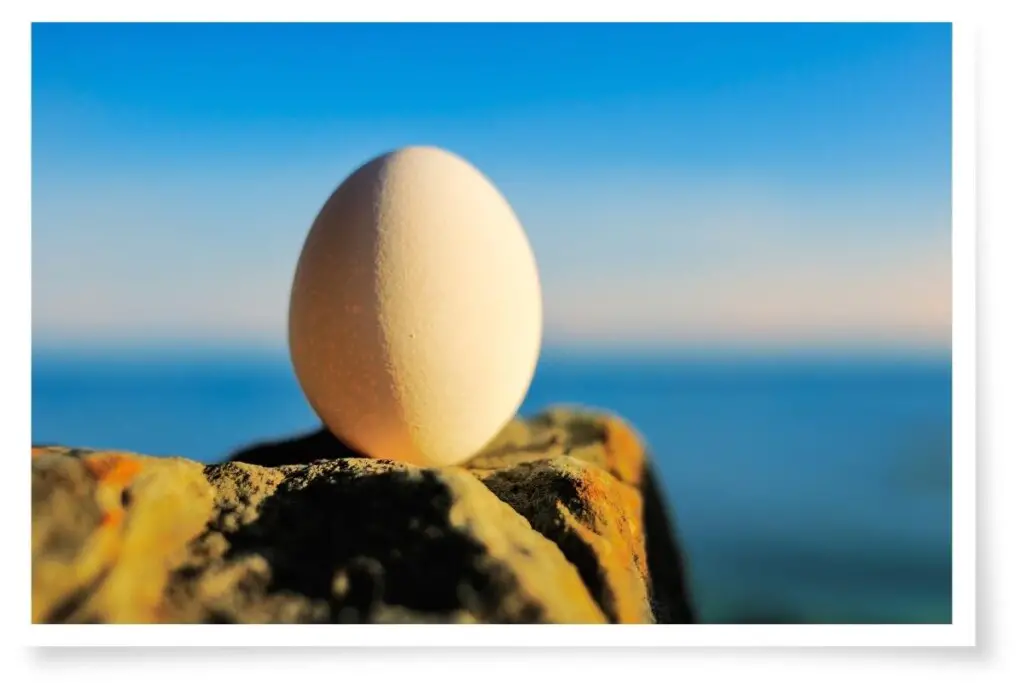
The Chemicals We Use Can Cause Unfertilized Bird Eggs
Everything we do affects the environment and birds certainly do not manage to escape the reach of our impact. Every chemical that we use in our everyday lives can have an effect on birds in ways we may not even imagine.
Pesticides, insecticides, and even herbicides can cause problems with fertility in birds. When these things are sprayed, they do not just affect the species they were designed to kill.

Birds eat insects and if they eat insects that have been in contact with the insecticide, then they ingest that poison too. The same applies to pesticides used on crops. Birds eat the seeds from certain crops and ingest any residual pesticide that remains inside the seeds.
Studies have been done on the effects of agricultural chemicals and industrial waste disposal and it’s been discovered that they have an adverse effect on reproduction in exposed birds.
The types of pollutants shown to have such negative effects are organochlorine pesticides and industrial pollutants, organophosphate pesticides, petroleum hydrocarbons, heavy metals, herbicides, DDT, polychlorinated biphenyls (PCBs), and mixtures of organochlorines.

Exposure to these chemicals can cause stress, reduced fertility, suppression of egg formation, eggshell thinning, impaired incubation and chick-rearing behaviors, and even death.[2]
If birds do survive to adulthood, how do they age? Learn exactly how in this article.
Nest Success
With so many birds on the planet, it may surprise you to learn that not every nest is successful. There are times when a mated pair of birds do not produce any young at all from nesting.
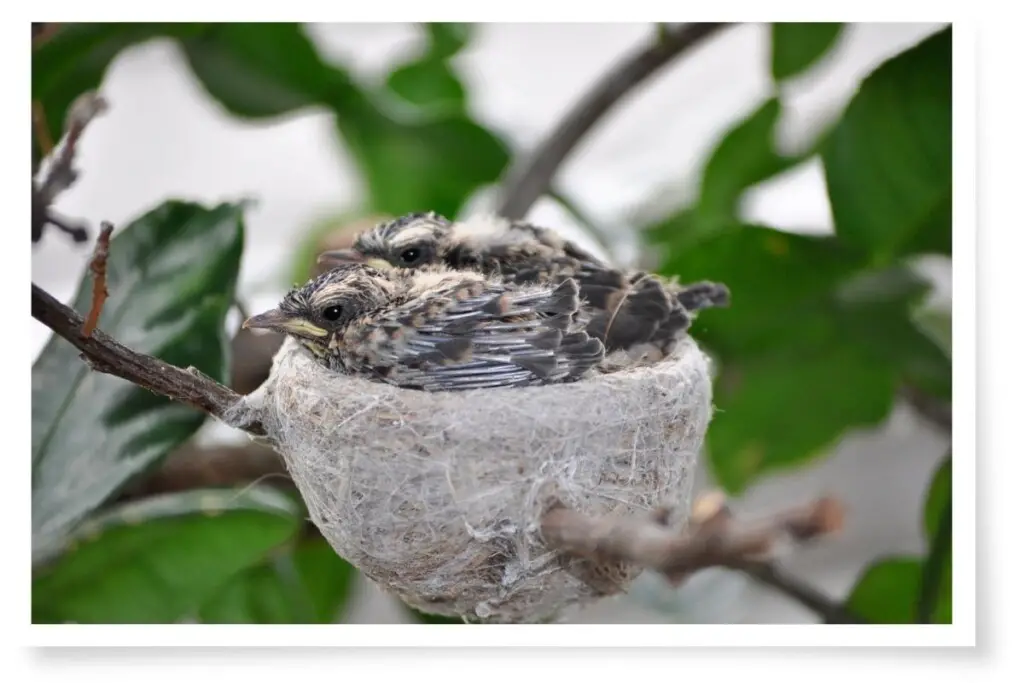
NestWatch is a U.S. nationwide monitoring program that tracks things like when nesting occurs, the number of eggs laid, how many eggs hatch, and how many hatchlings survive. They also receive increasingly more data from other countries outside of the U.S.
In their 2020 nesting season report, they received data on 31,529 nest attempts by 338 species. In these nest attempts, 97,866 eggs were laid yet only 65,812 fledglings survived. That is a 67.2% survival rate.
They collected a lot of data for Tree Swallows in Alaska and Northern Canada. The average clutch size was 6 eggs, the average fledglings were 4.9, and the nesting success rate was 74.1%. This might seem like a high success rate but it was actually down from 95.2% the previous year.
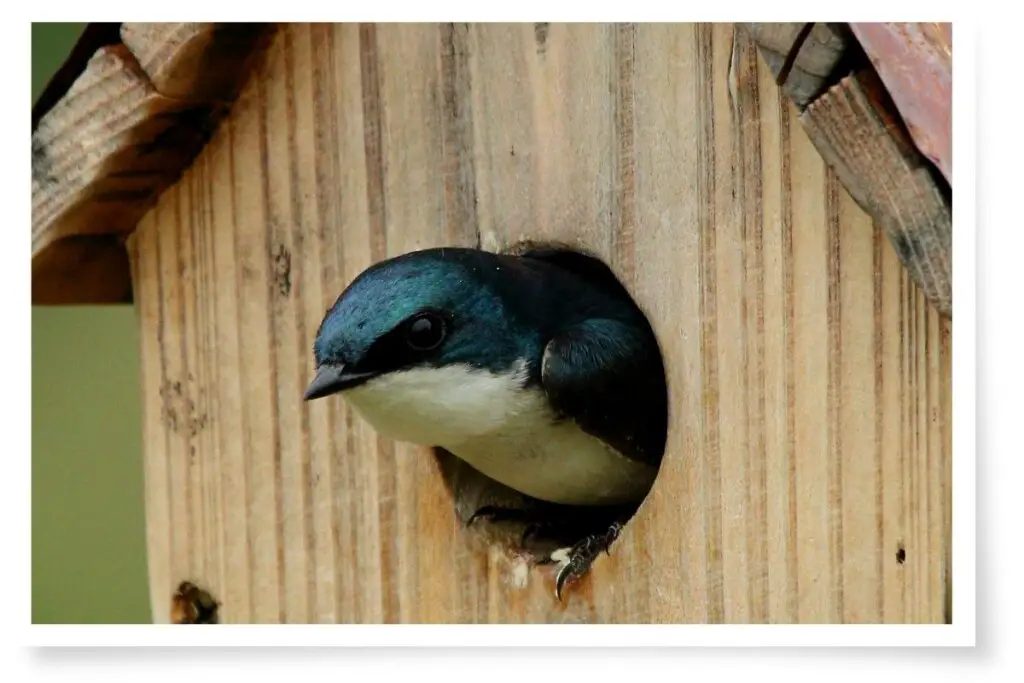
The lowest and most disturbing nesting success rate in their 2020 report was 4.8% for House Sparrows. This data was collected in the northeast region of the U.S. The reasons for this could be various, a lot of birds are suffering due to climate change, habitat destruction, or perhaps exposure to any of the chemicals mentioned above.
You can download and read the report for yourself from nestwatch.org via this link.
What Happens To All The Unfertilized Eggs?
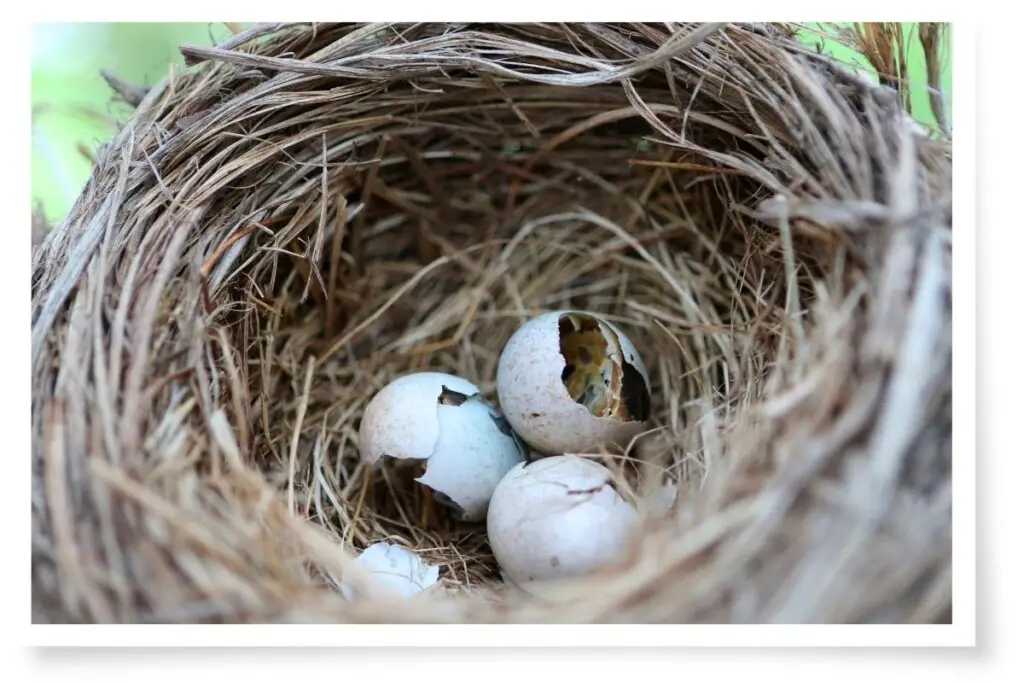
If there are so many unfertilized eggs produced by wild birds, where are all these eggs? Why don’t we see them littering the ground all over the place?
There are many reasons for this:
- some get burried in the nest matter
- some may be ejected from the nest and break apart or be eaten by animals
- predators may eat them in the nest
- a lot of them may just remain in discarded nests where we don’t see them
References
- NestWatch
- Extreme temperatures compromise male and female fertility in a large desert bird – Nature Communications
- The Life Of Birds – Joel Carl Welty
- Popular insecticide harms birds – scimex
- The Avian Egg – R. W. Burley
- What It’s Like To Be A Bird – David Allen Sibley

